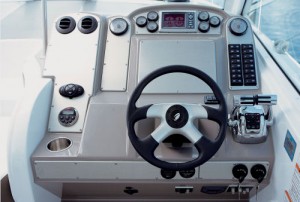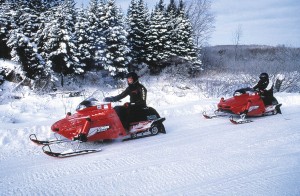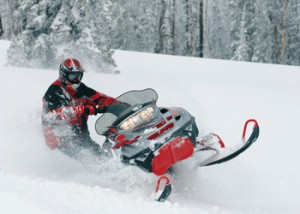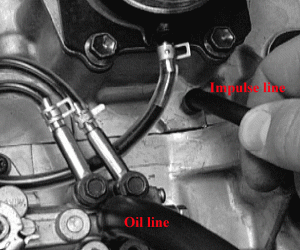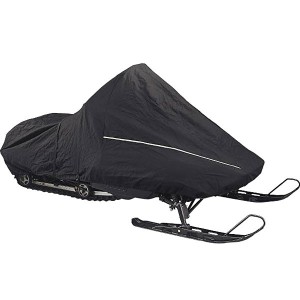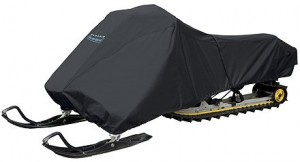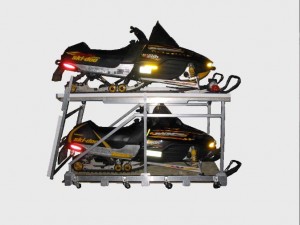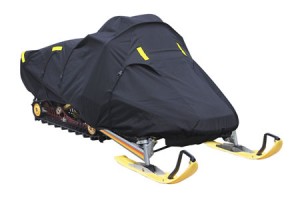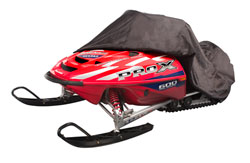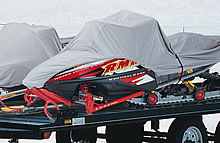Testing Snowmobile Oil
 Even though the snow has melted and the sun is starting to peek through the clouds, it is worth re-visiting the proper way to test snowmobile oil. Just as you would with car motor oil, open up the new quart of snowmobile oil and place the dipstick into the container. Remove the dipstick and let small drops of oil fall on a white sheet of paper or a paper towel.
Even though the snow has melted and the sun is starting to peek through the clouds, it is worth re-visiting the proper way to test snowmobile oil. Just as you would with car motor oil, open up the new quart of snowmobile oil and place the dipstick into the container. Remove the dipstick and let small drops of oil fall on a white sheet of paper or a paper towel.
Wipe the dipstick off and dip the stick into the oil tank. Pull out the dipstick and let a few drops of the old oil fall on the paper next to the new oil. Look for discoloration in the old engine oil. If the old oil looks significantly dirty, then you know that it is time for a change.


